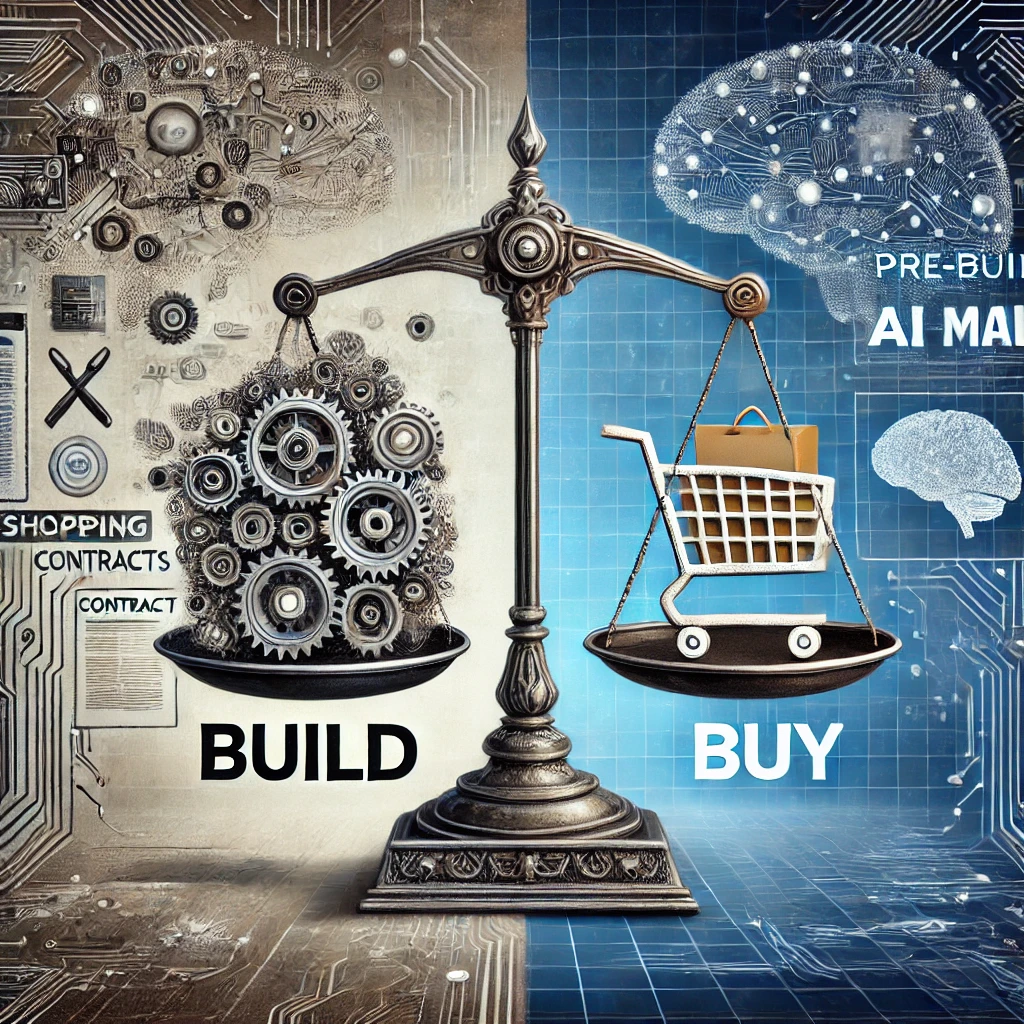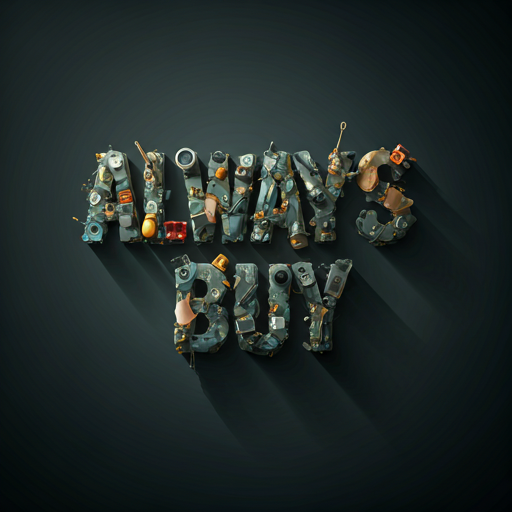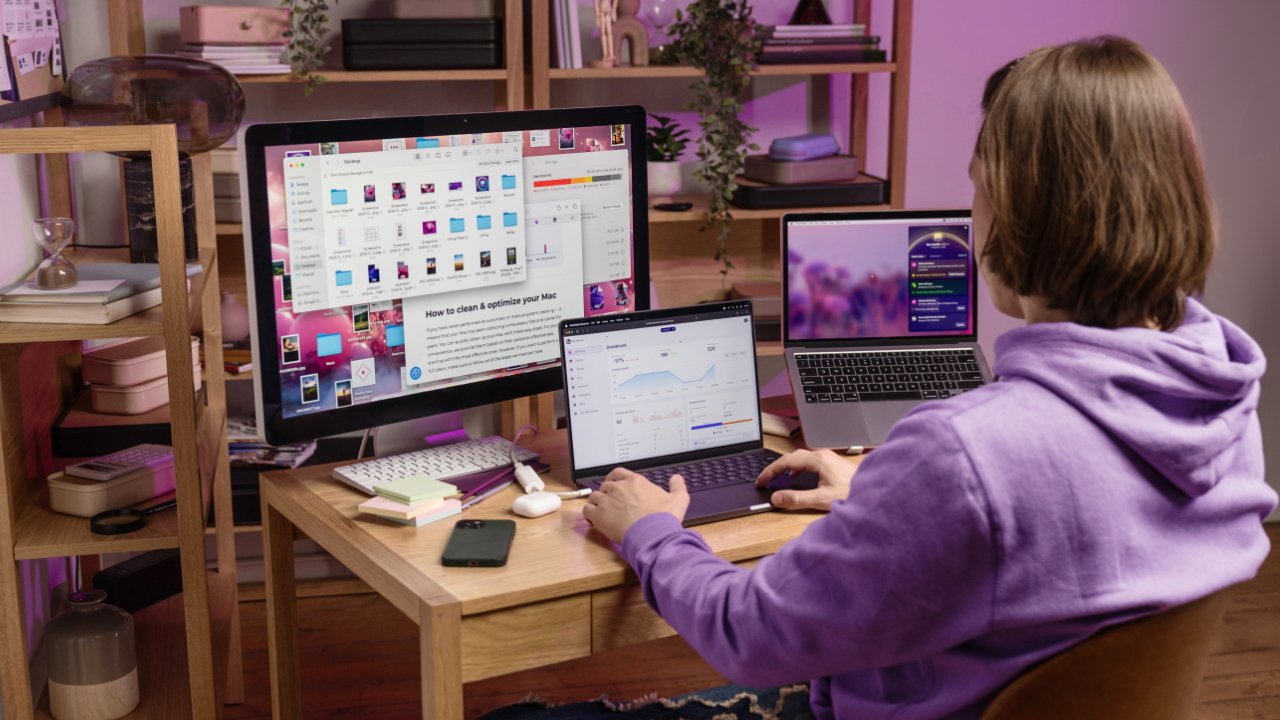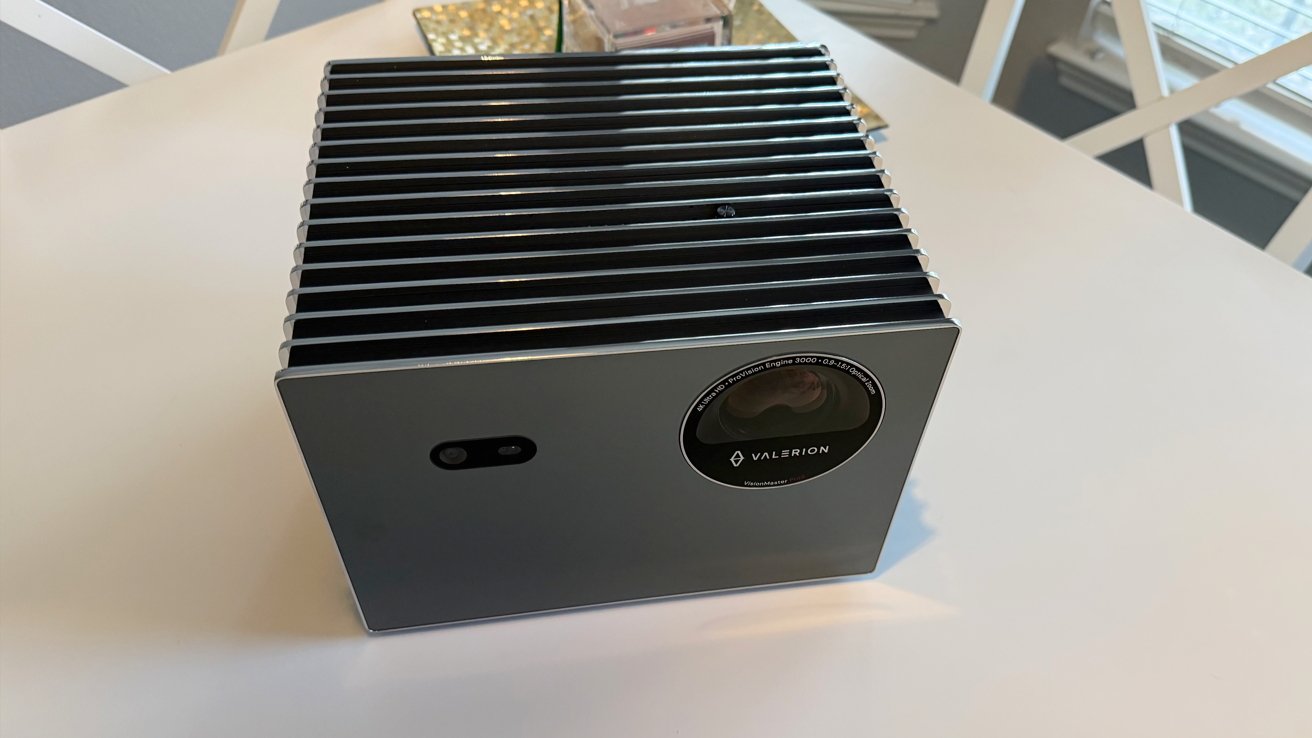
Originally appeared here:
Easy Map Boundary Extraction with GeoPandas
Go Here to Read this Fast! Easy Map Boundary Extraction with GeoPandas
Generative AI has been transformational to the world already, and it’s just getting started. It has fast been adopted in multiple industries, from retail to healthcare and banking, offering multiple capabilities ranging from information retrieval, expert help, and new content creation. With the growing interest in GenAI from a majority of boardrooms, there is a big question that CTOs/CIOs are facing now: Should you build your GenAI application in house, or buy a pre-built solution?
This article provides a framework to help product managers, business-leaders and technology leaders navigate this decision. Please note that many of these fundamental arguments hold true for all decisions of build vs. buy, but we bring forward some nuances that are unique to the current landscape in GenAI.

The build vs. buy (vs. modify, which I consider under the umbrella of buy) decision depends on multiple factors. What makes the decision even more difficult is that the AI landscape is fast-evolving, with new models and products launched every single week. What may be a gap in the market offerings today might see a new product in the next few weeks.
The key factors that impact this decision are:

At the core, my personal advice is to reframe the build vs. buy question as why do you need to build? There are hundreds of amazing organizations pouring billions into the development of GenAI applications, so unless you are one of them, you should really try to understand what is out in the market that does not suit your needs.
If you do end up deciding to build in-house, there are a few key challenges that emerge:
Pre-built GenAI solutions, available as APIs or SaaS platforms, offer rapid deployment and lower upfront costs. Here’s when buying might be the better choice:
If you do end up deciding to buy, there are a few key challenges that emerge:
The decision for build vs. buy for each GenAI application has to take into account the overall enterprise GenAI strategy for building vs buying. The decision cannot be made in isolation, as you need a critical mass of applications to justify having a team to build these. The following questions, however should be asked to help guide the answer for individual applications:
The decision on build vs. buy decision for GenAI applications is not one-size-fits-all. The core of the decision-making strategy is not too different from any other build vs. buy decision, but GenAI applications have the additional complexities of a fast-changing landscape, a high pace of innovation and high-but-reducing costs of a relatively new technology.
While building offers control and customization at generally higher costs, buying provides speed and simplicity. Sometimes you may not have something available that fits your needs, but that may change in a few months. By carefully evaluating your organization’s needs, their urgency, resources, and goals, you can make a decision that drives success and long-term value.
The Build vs. Buy Dilemma for GenAI Applications was originally published in Towards Data Science on Medium, where people are continuing the conversation by highlighting and responding to this story.
Originally appeared here:
The Build vs. Buy Dilemma for GenAI Applications
Go Here to Read this Fast! The Build vs. Buy Dilemma for GenAI Applications



MacPaw is best known for its Setapp bundle of chiefly Mac apps, although in Europe it is working to introduce an iOS equivalent through its own App Store. Alongside the subscription bundle, the company also sells CleanMyMac for individuals, and says that it is this app that has led to the new service.
Specifically, MacPaw says that data from the use of CleanMyMac has improved the performance of individual Macs. It’s now hoping to bring those performance benefits to Macs across whole organizations.
Go Here to Read this Fast! MacPaw goes after mobile device management with CleanMy Mac Business
Originally appeared here:
MacPaw goes after mobile device management with CleanMy Mac Business



Anyone wanting to put together a home cinema has to consider whether they want a projector or a large television. Most go for the latter, since a projector has inherent issues associated with home use.
For a start, you’re not going to necessarily get the same level of picture quality that you get at a movie theater with a home projector. Part of it is light management in the environment, but nearly all of it is shelling out for a good-enough projector in the first place.
Originally appeared here:
Valerion VisionMaster Pro 2 projector review: Beautiful hardware, amazing image quality



The ban on sales of the iPhone 16 in Indonesia originally followed Apple’s failure to meet its commitments to the country. Firms have to either source an unfeasibly large 40% of components from the country, or invest in development within the region, which is what Apple had committed to do.
Based on previous reports, it appears that Apple’s shortfall was around $10 million, and the company did then offer Indonesia that amount to basically make good. It was a token and the Indonesian government rejected it, making Apple up its offer to $100 million worth of investment.
Originally appeared here:
Indonesia wants more than $1 billion from Apple to lift iPhone ban, welcomes Huawei with open arms
Go Here to Read this Fast! The best robotics and AI tech of CES 2025
Originally appeared here:
The best robotics and AI tech of CES 2025
Originally appeared here:
This wearable collects health heart data for a cardiologist to examine within 24 hours
Go Here to Read this Fast! Withings’ blood pressure monitor comes with your own cardiologist inside
Originally appeared here:
Withings’ blood pressure monitor comes with your own cardiologist inside
Go Here to Read this Fast! Withings’ blood pressure monitor comes with your own cardiologist inside
Originally appeared here:
Withings’ blood pressure monitor comes with your own cardiologist inside
Go Here to Read this Fast! Asus and Gigabyte give us a glimpse of the RX 9000 series
Originally appeared here:
Asus and Gigabyte give us a glimpse of the RX 9000 series